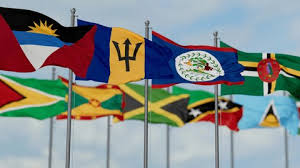Across the Caribbean, the adoption of Unmanned Aerial Vehicle (UAV) technologies is uneven, marked by pockets of innovation, regulatory gaps, and a growing awareness of their strategic potential. Countries like Jamaica, Trinidad & Tobago, and Barbados have made notable strides in integrating drones into agriculture, disaster response, and public safety. Trinidad, for instance, has leveraged UAVs for coastal surveillance and emergency management, while Jamaica has piloted drone use in farming and infrastructure monitoring.
But the broader regional picture is fragmented. Many territories still lack comprehensive legislation governing UAV operations. Civil aviation authorities are often under-resourced, and public procurement processes remain slow to adapt to emerging technologies. In places like Haiti and Guyana, drones have been deployed for humanitarian aid and environmental mapping, yet institutional capacity to scale these efforts remains limited.
The World Bank’s recent analysis across 35 Latin American and Caribbean nations confirms this: while the appetite for UAVs is growing, regulatory clarity, funding, and technical training are lagging behind. There’s also a risk of external dependency—where foreign firms drive drone deployment without building local expertise or ownership.
Still, the potential is undeniable. UAVs can bridge infrastructural gaps, support climate resilience, and enhance data-driven governance. But for the Caribbean to truly benefit, we need coordinated policy frameworks, regional collaboration, and investment in human capital.
In short, the Caribbean is embracing UAVs, but cautiously. The technology is here, the question is whether we’ll lead its use or follow its consequences.


